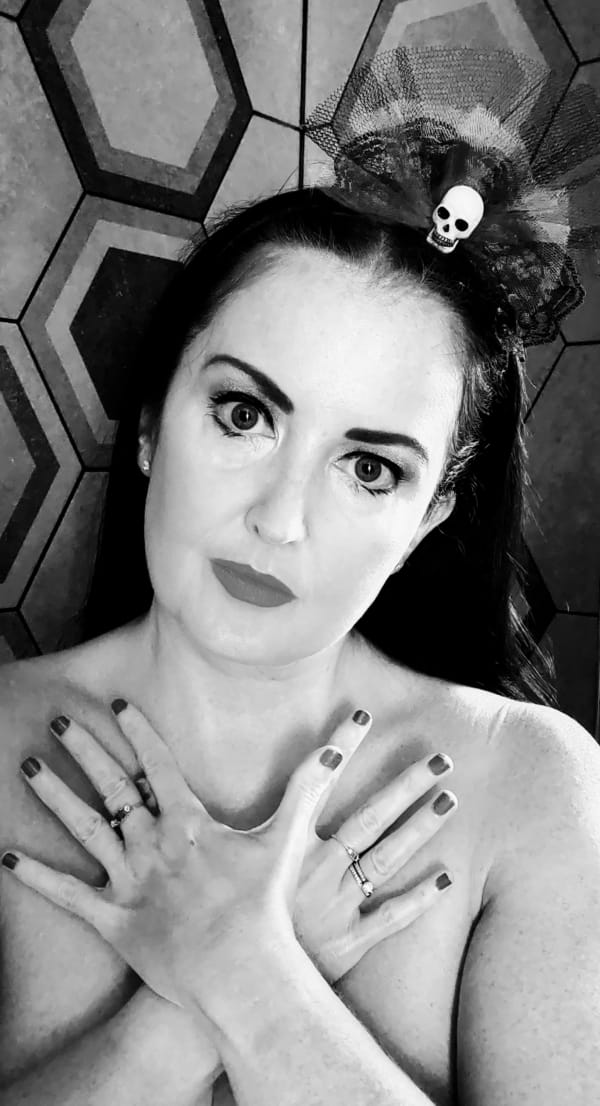-
AMY O’RIORDAN
Intimations of Immortality -
A Series of Small Intimate Artworks
-
-
 Amy O'Riordan, Corona, 2020View more details
Amy O'Riordan, Corona, 2020View more details -
 Amy O'Riordan, Feeling like Frida I, 2020View more details
Amy O'Riordan, Feeling like Frida I, 2020View more details -
 Amy O'Riordan, Feeling Like Frida II, 2020. SOLD First EditionView more details
Amy O'Riordan, Feeling Like Frida II, 2020. SOLD First EditionView more details -
 Amy O'Riordan, The Spoon Theory, 2021. SOLD FIRST EDITIONView more details
Amy O'Riordan, The Spoon Theory, 2021. SOLD FIRST EDITIONView more details -
 Amy O'Riordan, Funerary Masque, 2020View more details
Amy O'Riordan, Funerary Masque, 2020View more details -
 Amy O'Riordan, Masquerading like Minnie, 2020View more details
Amy O'Riordan, Masquerading like Minnie, 2020View more details -
 Amy O'Riordan, La Petite Mort, 2020View more details
Amy O'Riordan, La Petite Mort, 2020View more details -
 Amy O'Riordan, OicheSamhain, 2020View more details
Amy O'Riordan, OicheSamhain, 2020View more details -
 Amy O'Riordan, Ornament, 2020View more details
Amy O'Riordan, Ornament, 2020View more details -
 Amy O'Riordan, Potions, 2020View more details
Amy O'Riordan, Potions, 2020View more details -
 Amy O'Riordan, Resurrection, 2020View more details
Amy O'Riordan, Resurrection, 2020View more details -
 Amy O'Riordan, Suburban Garland, 2020View more details
Amy O'Riordan, Suburban Garland, 2020View more details
-












